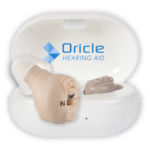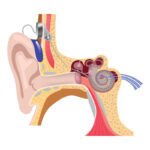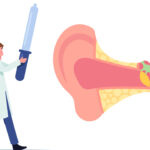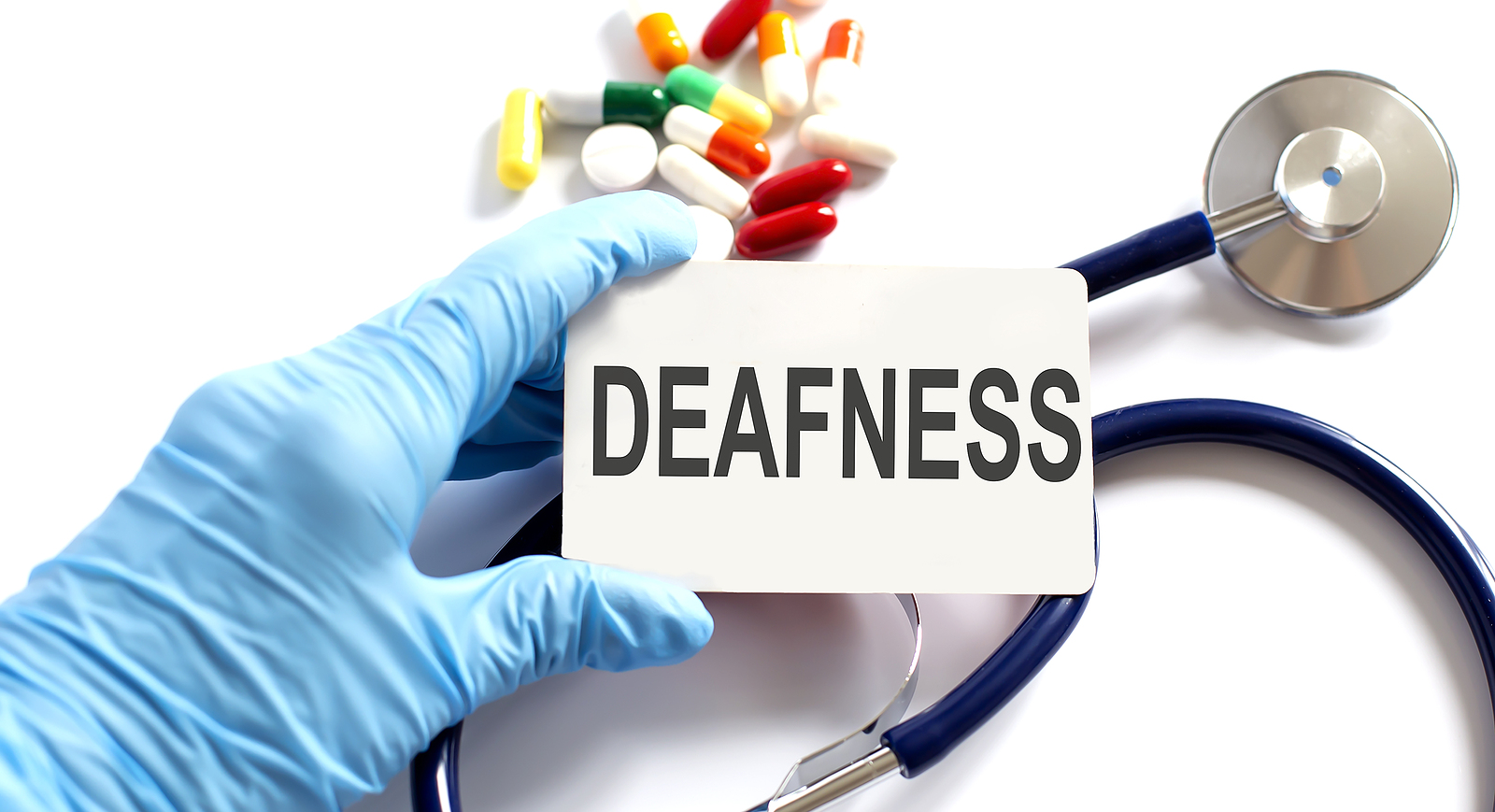Curing Deafness – Are Cochlear Implants, Gene Therapy, and Hearing Aids Better Than the Others?
There are many options for curing deafness. Cochlear implants, Gene therapy, stem cell therapy, and hearing aids are just a few. But is one of these treatments better than the others? Here, we take a look at three such treatments:
Cochlear implants
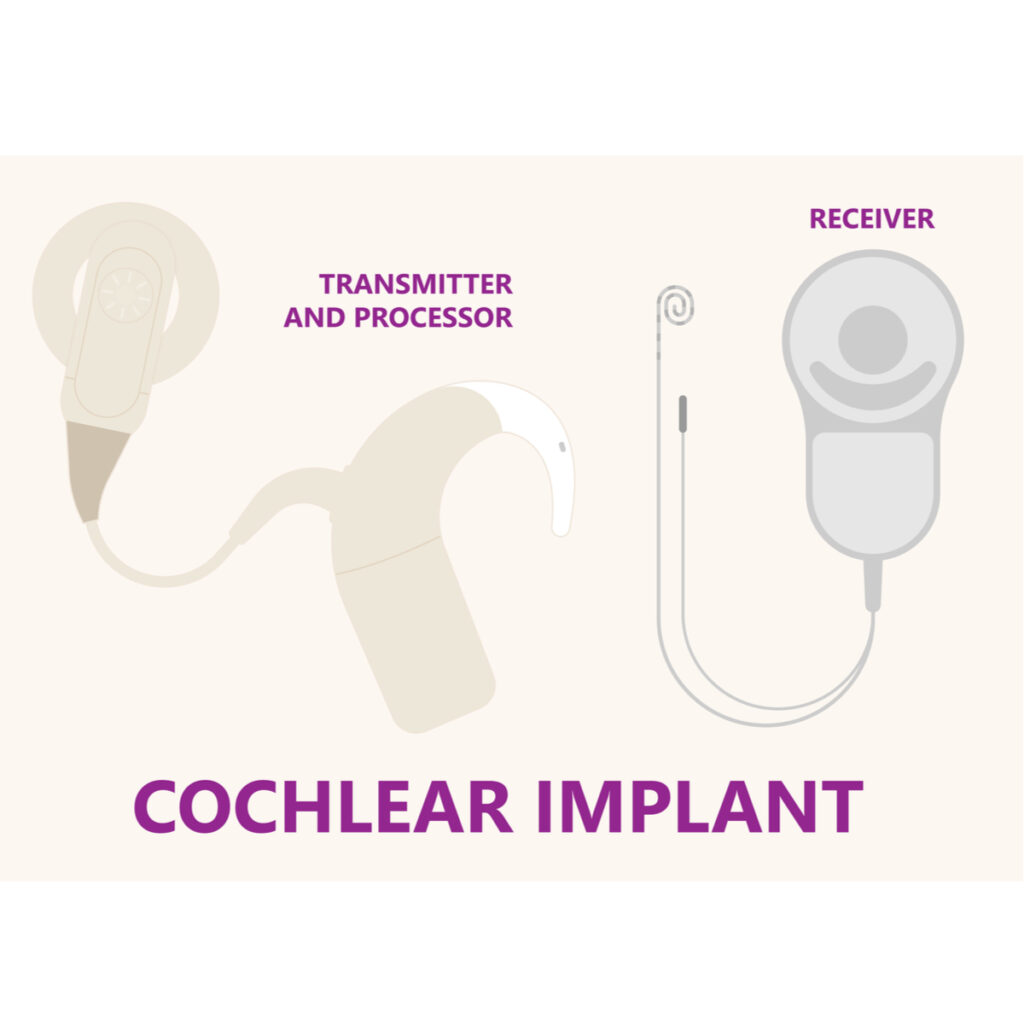
Although there is no definite answer on the effectiveness of cochlear implants for curing deficiency, researchers have outlined some promising outcomes.
For example, some users of the devices report that they can understand speech without lip reading, and some can even hear the voices of unfamiliar people over the phone. Moreover, these implants are not a permanent cure for deafness, and many of them may be a nuisance for some people.
While some of the public may be skeptical about cochlear implants, a number of deaf people are increasingly accepting of these devices.
In fact, their parents have overwhelmingly endorsed cochlear implants, and the National Association for the Deaf has even come out in support of this procedure. For those with no problem discussing cochlear implants with hearing family and friends, the implant may be the answer to their prayers.
While these devices are not a permanent fix for deafness, they can improve the quality of life for a person who has lost the ability to hear sound. They will need to undergo ongoing therapy to train the brain to process sound.
Additionally, the process of receiving a cochlear implant is not easy. In fact, it may not be suitable for young children. Besides, the recovery time from the operation is difficult, and the child may suffer additional hearing loss after the procedure.
The cochlear implant consists of an external component that contains a microphone and speech processor. These components are connected to a transmitter on the outside of the head. The transmitter converts the sound signal to electrical energy, which stimulates the cochlear nerve.
Once the signals are transmitted to the brain, they can then be recognized as sounds and understand speech. Despite the complications, cochlear implants are a highly effective way to cure deafness.
Gene therapy
The goal of gene therapy is to treat genetic deafness. This is a difficult goal, as deafness is caused by mutations in several genes, some of which are inactive in the body. In some cases, scientists can rescue these mutations by delivering gene therapy through a virus. However, these experiments are still very early and would take many years before the drug can be put into practice in humans.
In a recent study, researchers showed that gene therapy can restore hearing in mice with VGLUT3 knockout mutations. This gene causes a defect in the inner hair cell synapses, which are important for hearing. They delivered AAV1-VGLUT3 into the cochlea, the round window membrane, during postnatal days 1-10.
In mice, the gene therapy restored hearing within seven days and extended the hearing ability of the mice for up to 9 months. A significant portion of hereditary deafness is caused by mutations of the Connexin26 gene, which is responsible for the function of the auditory nerve. In mice, the deletion of this gene causes significant degeneration of auditory neurons and organs of Corti.
To treat hereditary deafness, researchers have been developing gene therapy drugs for the inner ear. These drugs are targeted to specific subpopulations of the cochlea.
The aim of gene therapy is to restore normal hearing for individuals with several different types of hereditary deafness. Gene therapy could also be used to treat acquired hearing loss. These therapies will require optimization of gene delivery methods to ensure that they are safe and effective.
Stem cell therapy

A recent breakthrough in the field of stem cell therapy for deafness has allowed scientists at the University of Sheffield to use human embryonic stem cells to treat a common form of hearing loss.
The study, which was partially funded by the Medical Research Council and the Action on Hearing Loss, aims to replace or regenerate the HCs of mammalian inner ears. Although there are many challenges associated with stem cell therapy, these include the risk of tumorigenesis, the adverse effects on patients, and the proper growth of stem cells.
One method used to cure deafness involves injecting stem cells into the auditory nerve. Researchers at the University of Sheffield, a historic industrial base, are working with these cells to repair the wiring of the inner ear.
The technique, called iHCs, could accelerate research for the treatment of deafness. The technique would be effective for both hearing aids and cochlear implants, which currently require a surgeon.
Researchers initially studied stem cells from the gut. They noted a striking similarity between these cells and the structural support cells of the cochlea. In testing to see if the regeneration would work in the cochlea, they found that the process was effective.
This discovery could one day help patients with sensorineural hearing loss. While this research is not yet FDA-approved, it represents a significant step forward. The next step is to test human hair stem cells.
While CI is the current method of choice for treating sensorineural deafness, stem cell therapy can help restore hearing in patients who do not respond to cochlear implants.
The regeneration of HCs can restore hearing to people with hearing loss, and SCs can be implanted into the inner ear to replace damaged spiral ganglion cells. Further, NI-hMSCs can also be used to implant exogenous stem cells in deaf patients.
Hearing aids
A hearing loss can affect any aspect of your life, from recognizing a low voice to understanding a conversation over the phone. Hearing loss is often noticeable in noisy environments, and you may have to repeat your message to hear it correctly.
You may miss doorbell rings and may ask people to repeat themselves, but hearing aids can help you hear what's happening around you. Hearing loss can also be caused by a brain tumor or middle ear infection.
In addition to conventional hearing aids, new developments in digital technology are improving the quality of life for people with hearing loss. Digital Bluetooth-connected hearing aids are designed to stream sound from smartphones and other devices directly to the ears.
Another option is an invisible hearing aid that can be custom programmed to a listener's individual frequency needs. Depending on your condition, a hearing aid may not be necessary.
Hearing aids also help treat tinnitus. They contain a microphone, an amplifier, and a speaker that supplements noise outside the ear. By boosting the volume of outside sounds, hearing aids teach the brain to process the stimuli again.
The devices also include sound therapy and counseling. These methods can help you deal with your tinnitus without the use of medication.
Surgical treatment may be necessary for severe deafness. The ear can become blocked by ear wax, or even by a chronic ear infection. Ear wax buildup can be treated with suction and a small instrument with a loop on the end. If earwax is the cause, surgery may be necessary. Surgery can help the fluid in the ear to drain.
Other treatments
In the past, other treatments for curing deafness have included isolation, medical remedies, and the use of hardcore drugs. People who suffered from deafness were also encouraged to jump and climb tall objects to improve their hearing. But these approaches did not work, and they remained unpopular for decades. Now, more than ever, people are looking for more natural ways to cure deafness.
Researchers have successfully cured deafness in guinea pigs using gene therapy. This treatment promotes the regrowth of hair cells in the cochlea, a part of the inner ear that registers sound. The new hearing cells were then observed to respond to sensory electrodes, indicating that auditory nerves had been restored. The researchers hope to begin clinical trials of this therapy within the decade.
Conclusion
There are various methods for curing deafness, including cochlear implants, gene therapy, stem cell therapy, and hearing aids. Each of these treatments has its own advantages and disadvantages, and the effectiveness of each depends on the individual's situation.
Cochlear implants can improve the quality of life for those who have lost their hearing, but the procedure can be complicated, and ongoing therapy is necessary. Gene therapy is still in the early stages of development, but it shows promise for treating genetic deafness. Stem cell therapy is another promising option, but there are many challenges to overcome before it can be used to cure deafness.
Finally, hearing aids are an effective way to improve hearing and treat tinnitus. Overall, each of these treatments has the potential to help those who suffer from deafness, and ongoing research and development may lead to more effective options in the future.
Sources
- “What are Cochlear Implants?” – American Speech-Language-Hearing Association: https://www.asha.org/public/hearing/Cochlear-Implant/
- “Cochlear Implants” – National Institute on Deafness and Other Communication Disorders: https://www.nidcd.nih.gov/health/cochlear-implants
- “History of Deafness: From Isolation to Communication” – The Hearing Journal: https://journals.lww.com/thehearingjournal/Fulltext/2012/12000/History_of_Deafness__From_Isolation_to.7.aspx


